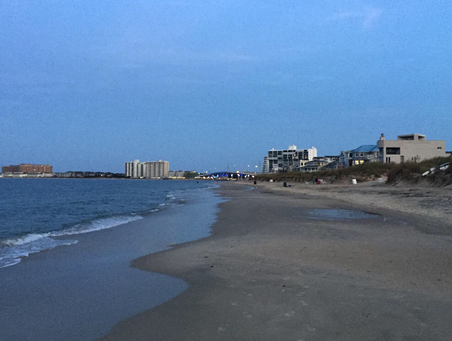 Sam Burnham, Curator To me the Chesapeake has always seemed exotic and distant. I was that kid in school who bemoaned not spending more time on certain areas of the textbook, particularly in history and geography. There was always more I wanted to learn about this body of water and the land that surrounds it. As I flipped the pages on my own, I looked over the maps, read and re-read the passages on the natives and the English settlers. In my youth I met an old man who grew up on these shores. He told me a funny story of the day that he and a friend decided to try to row across the Chesapeake in their small rowboat. He said they actually got pretty far and, once they were found safe, it was the most trouble he ever got in growing up. Then there were stories about crab fishing and also the sportsmen who gave the world the Chesapeake Bay retriever. Fishing, crabbing, hunting, sailing, rowing - all of it is found throughout these waters. 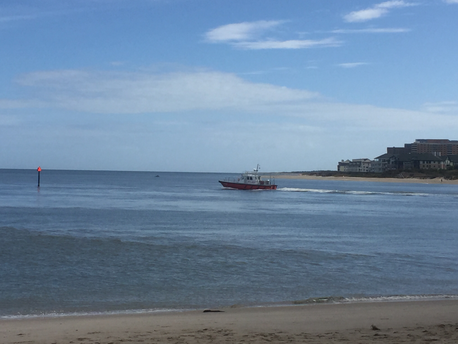 As I write this, I’m sitting on a bench beneath the bridges at Lynn Haven Inlet as the waves on the Chesapeake lap at the sandy shore in front of me. Ships come and go, there’s highway noise above me and a few concrete condominium buildings stand on each side of the inlet. But this is a modern-natural interface. This bay cannot be developed, it cannot be mechanized, it cannot be tamed. Sure, we could poison these waters, we can kill all the life in them but they cannot be controlled. They were here before us, they’ll be here when we are gone. Storm surge and wind could topple every structure here but the bay, however shifted, would remain. The Chesapeake never really seemed to be truly Southern to me...until today. This is where the Jamestown settlers first saw the New World. This is where The South, as we know it, was born and, therefore, where America, as we know it, was born. 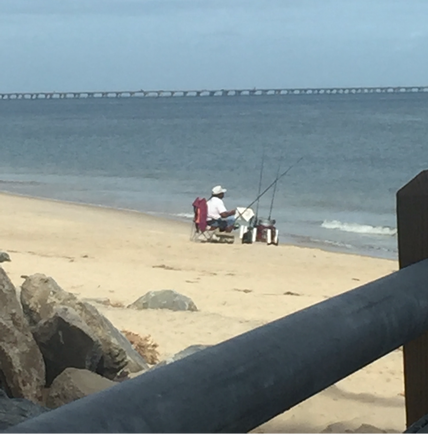 This bay brought settlement. It brought fishing. It brought shipping. It brought the Navy. It brought tourism. As modern and developed as this area might get, this body of water will always dictate the health and vitality of this region. As goes the Chesapeake, so goes the eastern shores of Virginia. That dependence on the landscape, be it water or land, that entwined relationship between work, leisure, life, and nature, that’s where this area becomes Agrarian. That connection to the past, to Jamestown, Williamsburg, Yorktown, that’s what makes it uniquely Southern. There’s too much city here for this to ever be home. But there is too much Chesapeake here for it to ever be anathema. It’s delightful and I do hope the folks zipping up and down I-64 are not overlooking the wonder and beauty that lie just below their noses.
0 Comments
Leave a Reply. |
Sam B.Historian, self-proclaimed gentleman, agrarian-at-heart, & curator extraordinaire Social MediaCategories
All
Archives
November 2022
|
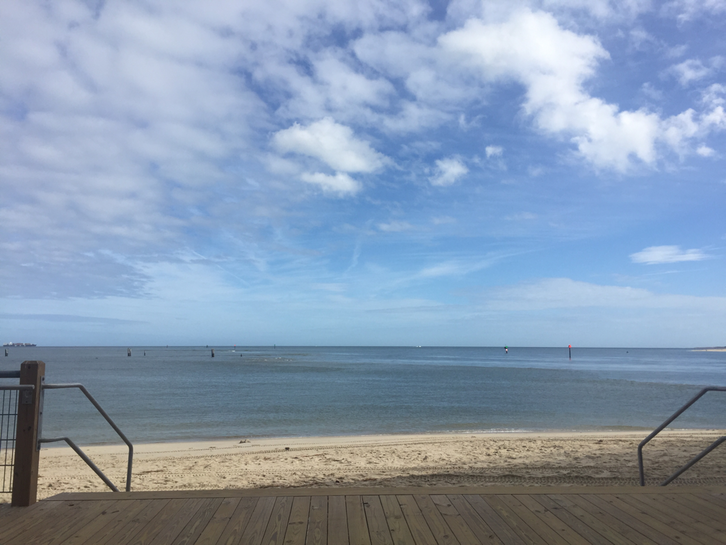
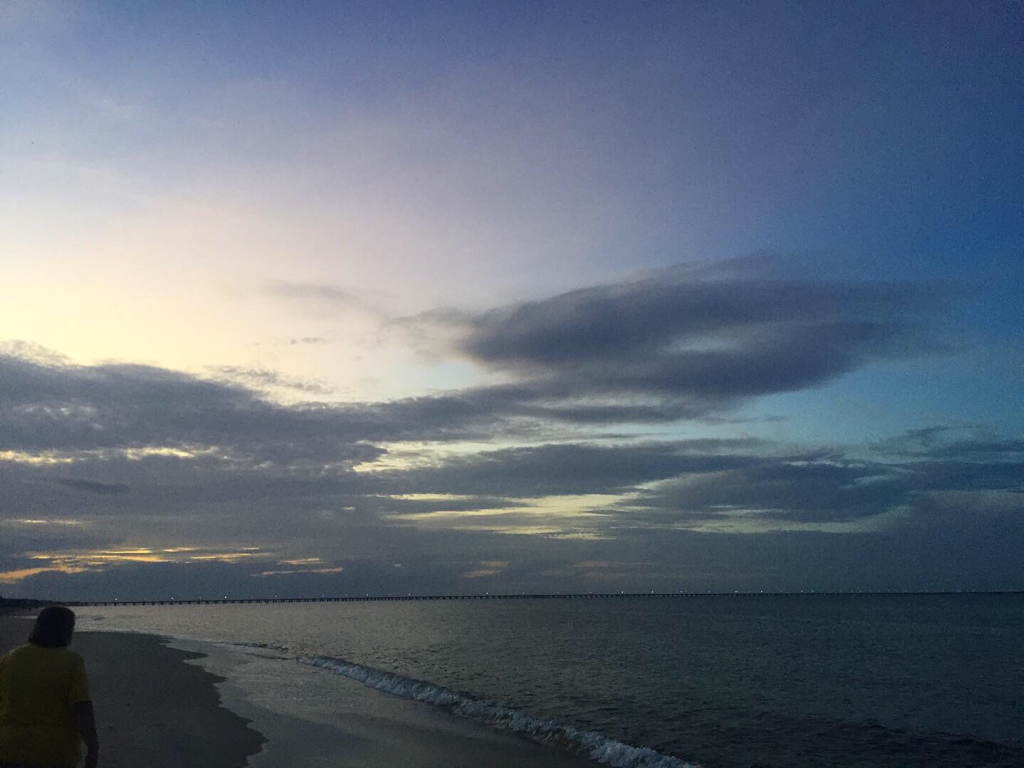
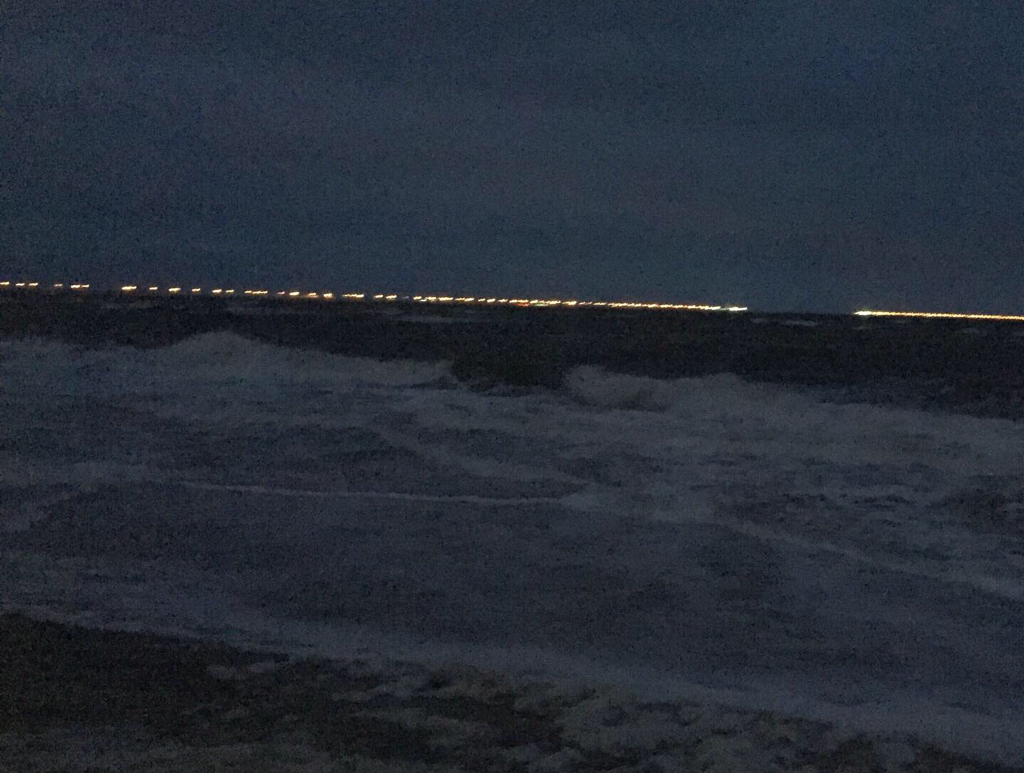

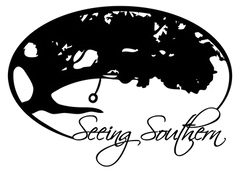
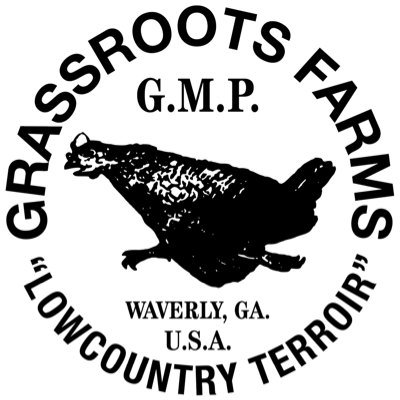

 RSS Feed
RSS Feed
